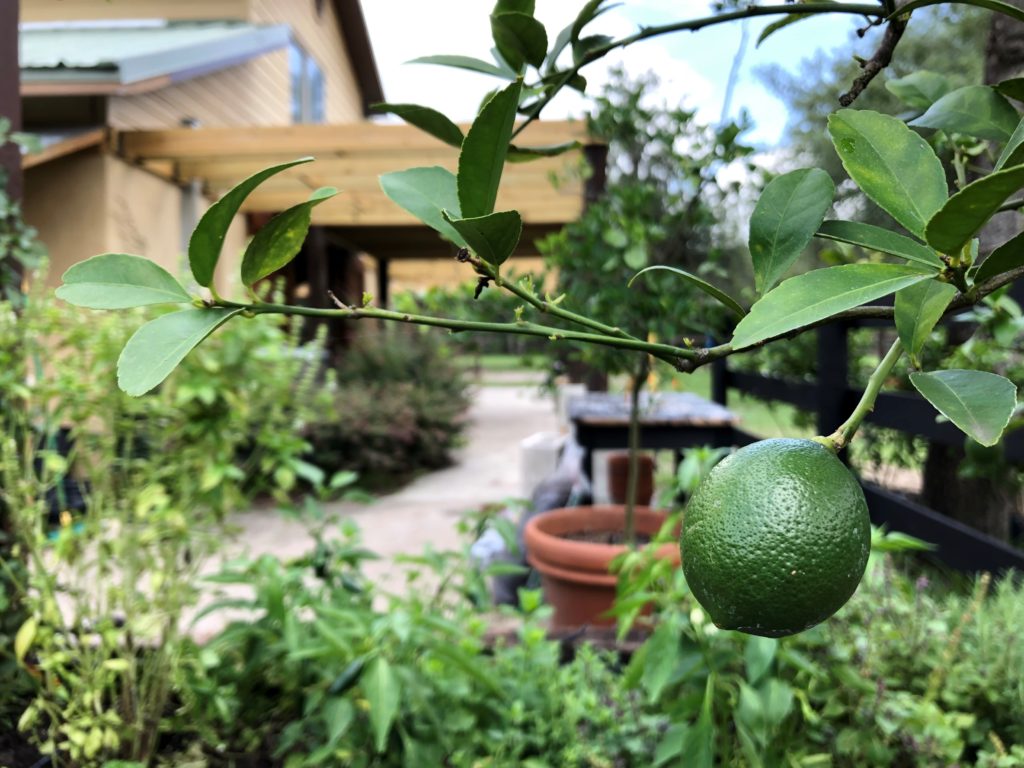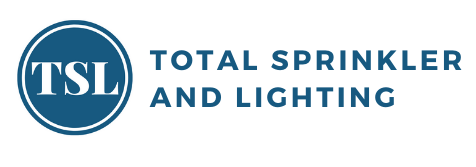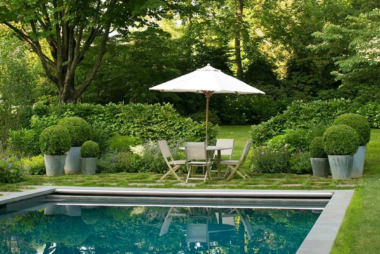When I was a new homeowner looking to transform my languishing yard into a postcard of curb appeal, I learned an incredibly valuable lesson: plants accompanied by tags with hopeful words like “full sun” don’t have enough room to spell out “full sun in every state but Florida.” Here in Orlando and neighboring cities, full sun is best suited to those hardened denizens of the subtropics, like palms and succulents. Azaleas sunburn within hours, annuals melt right into the soil, and most flowering specimens simply give up before long. Occasionally-shaded ground is a Florida landscape’s best friend, and next to that is micro-irrigation.
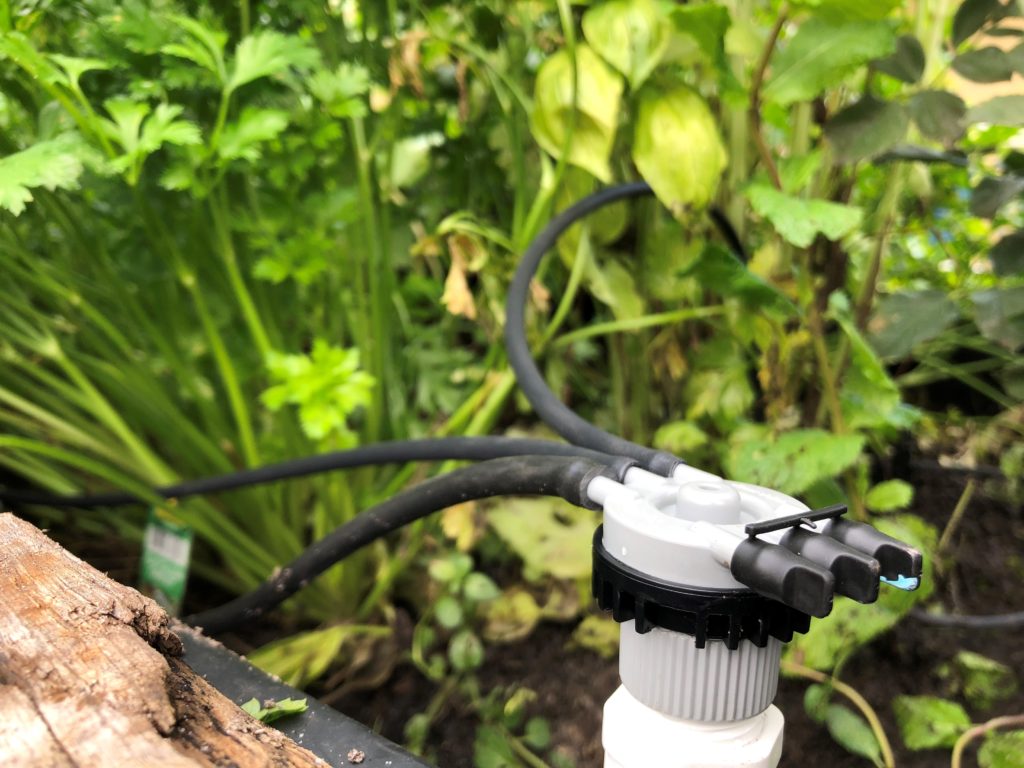
Micro-irrigation is the continuous and frequent application of small amounts of water at the soil surface or just below it. It works by targeting root zones to provide that life-giving liquid right at the base of plants, and it does so slowly so that soil can retain it. By supplying water only where it’s needed, this type of system can help prevent mold and mildew problems which can occur when water sits on the tops of leaves. Micro systems also use less water overall, so they are a handy tool in conserving a valued resource.
Landscape and garden beds that use micro-irrigation will need to be set up on their own zone. Combining a “drip” zone with a standard sprinkler zone is possible, but you won’t get the best results on either end. Do it right the first time and you’ll save yourself a headache later. If you’re installing a brand-new irrigation system, this is a great time to plan out those landscape or garden beds and make sure you have dedicated zones for them. If you are looking to convert an existing zone, this will require a little more planning and should be done with the help of an irrigation specialist to ensure consistency in pressure throughout the system.
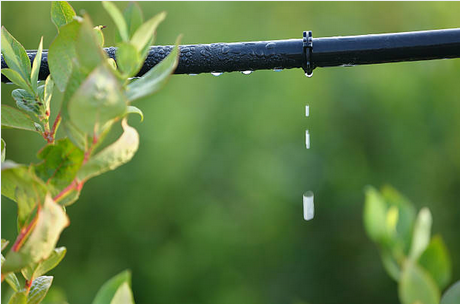
Micro-irrigation comes in all shapes and sizes, from small “spaghetti” tubes with emitters for raised beds or container gardens, to larger pipe that is punctuated with small holes and drips water in a slow release to encourage absorption in places like landscape beds. An irrigation specialist can help you determine which is best for your setting.
In a perfect world, you won’t need micro-irrigation forever (unless it’s a raised bed or container garden). In Central Florida we have an array of native and naturalized plants that thrive in our Zone 9b climate. When making plant selections, look for these species to encourage the omission of irrigation in landscape beds once they get established, usually no more than two years.
